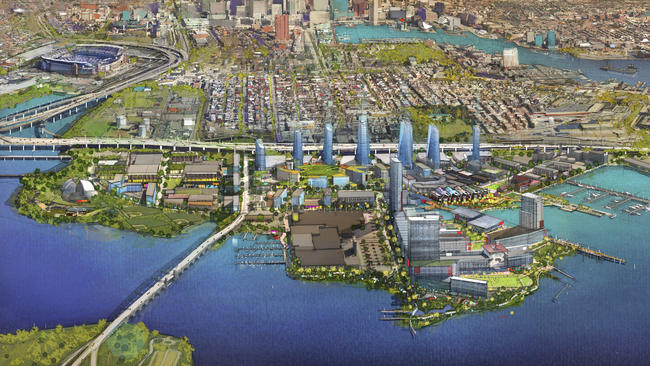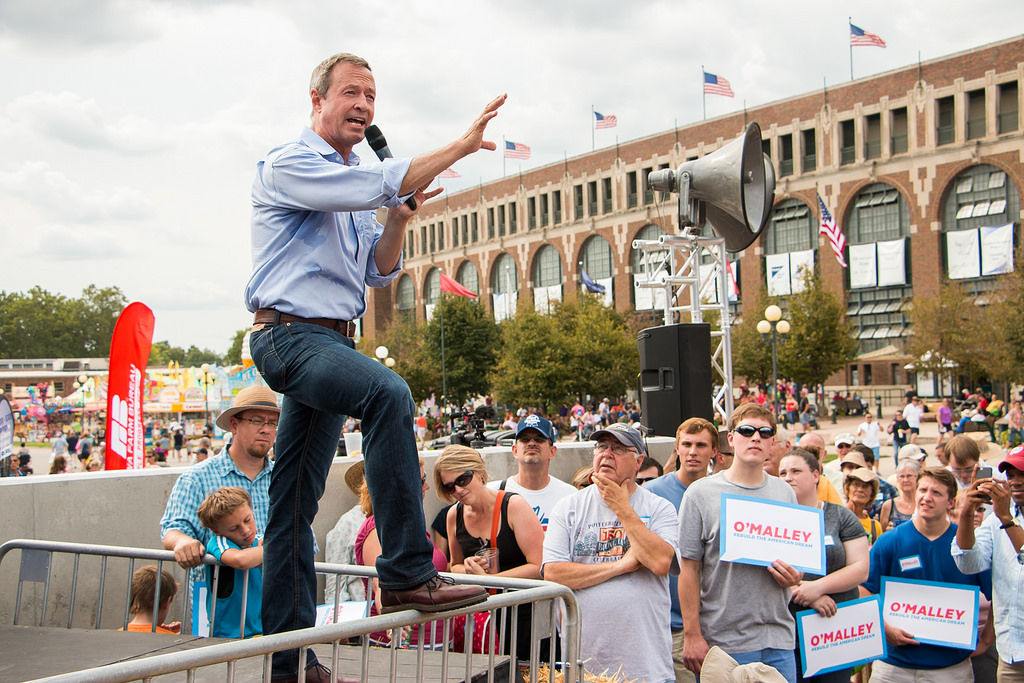Recent articles about Baltimore sometimes cite Charles Dickens’ Tale of Two Cities as a metaphor for understanding the dichotomy between the city’s ‘Black butterfly’ and its ‘white L.’
The metaphor paints a city rife with crime and futility. It suggests that unless we address systematic and historical racism, we will never see a revival of Black neighborhoods. I have thought long and hard about this metaphor as it has left me with much unease.
I say this because like many Baltimoreans, I am originally from the Deep South. I am Black and come from a family where college degrees and matching sofas were considered more luxuries than the norm. I came to Baltimore to follow job opportunities and start a new life. With its proximity to federal agencies and federal contractors, Baltimore seemed a world away from rural Georgia where I was born and raised. After coming to Baltimore, I began to closely examine the parallels between ‘down South’ and my new city.
My hometown of Waynesboro, Georgia, seems like a microcosm of Baltimore’s so-called Black butterfly. It is over 70 percent Black, which is similar to Baltimore whose population is nearly 65 percent Black.
Waynesboro is also faced with historical poverty. Over 38.7 percent of Waynesboro’s population lives below the federal poverty line. This figure is almost double the 21.2 percent of the Baltimore’s population that lives below the poverty line. With these statistics come the harsh realities of an upbringing characterized by Christmas shopping at the area dollar store, relying on food banks and EBT for food, and having Medicaid as the primary source of medical coverage.
Like most Southerners-turned-Baltimoreans, I question why Baltimore is so plagued with crime. The city has, for seven straight years, reported a homicide rate of over 300 murders per year, making it one of the most dangerous cities in the U.S.
Its frequent stories of underperforming schools and rampant illiteracy are so common that they no longer raise eyebrows for area residents. And when I tune in to local talk radio, I constantly hear frustrated residents—many of whom are Black —complaining of their neighborhood’s problems with area drug dealers, car break-ins, and robberies.
There are similar challenges in the Deep South. Most Southern states have weak safety net programs, and many communities like Waynesboro lack access to high-paying jobs and top-tier colleges and universities. Waynesboro is farther away from metropolitan Atlanta than Baltimore is to Washington DC and its affluent suburbs.
I constantly ask: How can a city so blessed as Baltimore—with its ideal port location, its proximity to large metropolitan areas, its long history of taking in poor Southerners and empowering them to fulfill their American dreams—fall so greatly? This question haunts me as it does for many of my Black relatives who were once pioneers in the Great Migration. Is Baltimore John Winthrop’s ‘shining city upon a hill’ or is it now an example of John Milton’s Paradise Lost?
The nature of crime and punishment in Baltimore requires nuance. It should be viewed in light of the city’s complicated history with the crack epidemic, the opioid epidemic, zero tolerance policies, and the 2015 uprising. Recent crime stopping efforts claim to consider these factors as they embrace an experimental brand of prosecution that emphasizes harm reduction and minimized policing over traditional policing and heavy sentencing for repeat offenders.
But does this brand of prosecution actually work? Does it protect Baltimoreans or does it hand the keys to the city to repeat offenders under the guise of rehabilitation and restorative justice? It is tough to ask these questions, but consider this: At the close of 2021, there were 337 murders in Baltimore for that year and at the close of January 2022, there were more homicides in the city for the month of January than there were days in that month.
Our current approach to prosecuting crime rests on the argument that systemic racism, combined with heavy-handed policing, is what has caused the city to become overwhelmed by crime. As a Black man, the racism argument seems plausible; but as someone who grew up in the Deep South, the idea is absurd.
Few areas in Maryland were as affected by Jim Crow segregation as my hometown and similar Black communities throughout the Deep South. My parents and grandparents have endless stories about their experiences at segregated schools, pools, and restaurants. We all know where the Black side of town is in many mixed race communities. We all knew who shouldn’t be out after dark.
And yet, homicide rates in predominantly Black areas of the Deep South pale in comparison to Baltimore.
I contend that the problem lies with Baltimore’s approach to crime. Our city leaders have become so concerned with preventing another uprising that we have sentenced communities—predominantly Black communities—to a hands-off style of policing that leaves many of us trapped in our own homes.
Distrust with police is undoubtedly rampant, but it has grown not because the police repeatedly prey upon us, but because so many of us feel that if we actually speak out against the criminals as Angela Dawson did in the early 2000s, the police will not be there to support us. According to a 2019 study, Baltimore has an average police response time of 16 minutes. 16 minutes. Let that sink in.
Meanwhile, in July 2021, Richmond County Sheriff Richard Roundtree announced the biggest gang bust in Georgia history. Eighty-seven residents faced felony drug charges.
Sheriff Roundtree coupled his arrests with a stern statement to criminal gangs: “If you feel that you must continue engaging in criminal activity in Richmond County, it’s only a matter of time before your clock strikes midnight.”
The bust followed the seventh year that the sheriff’s office focused on RICO [Racketeer Influenced and Corrupt Organization Act] cases in an effort to identify and destroy criminal drug networks.
Sadly, in those same seven years, the opposite occurred in Baltimore. There were over 300 murders each year and a vast majority of those murders had no suspect identified or arrested. Instead, the city’s chief criminal prosecutor, attorney Marilyn Mosby, sought to decriminalize many offenses and worked with Mayor Brandon Scott to replace actual police with social workers.
For thousands of scared and grieving Baltimore families, the results are appalling. We now have a seemingly lawless city where area leaders blame the police for what goes wrong, but never assume the responsibility of actually taking on criminal gang networks and repeat offenders. Their laissez-faire approach to policing only empowers criminals at the expense of Black communities.
I close by saying that there is a lot that Baltimore leaders could learn from their Southern counterparts. While the South has rarely offered good policing models for cities, places like Waynesboro, Georgia are actually doing a good job when compared to Baltimore. Waynesboro’s strong approach to busting criminal networks has protected Black families and ensured safer, stronger neighborhoods. It is time for Baltimore to follow their lead.
To do so, however, we must first stop the charade of seeing our city as a fictional tale of two cities. We should instead confront the grim realities of “underpolicing” and flawed social experimentation. We should be tough on crime, particularly repeat offenders, and send strong messages of deterrence. Only then will we be able to restore Baltimore to what it once was: a dream destination for Southerners like me.






Recent Comments